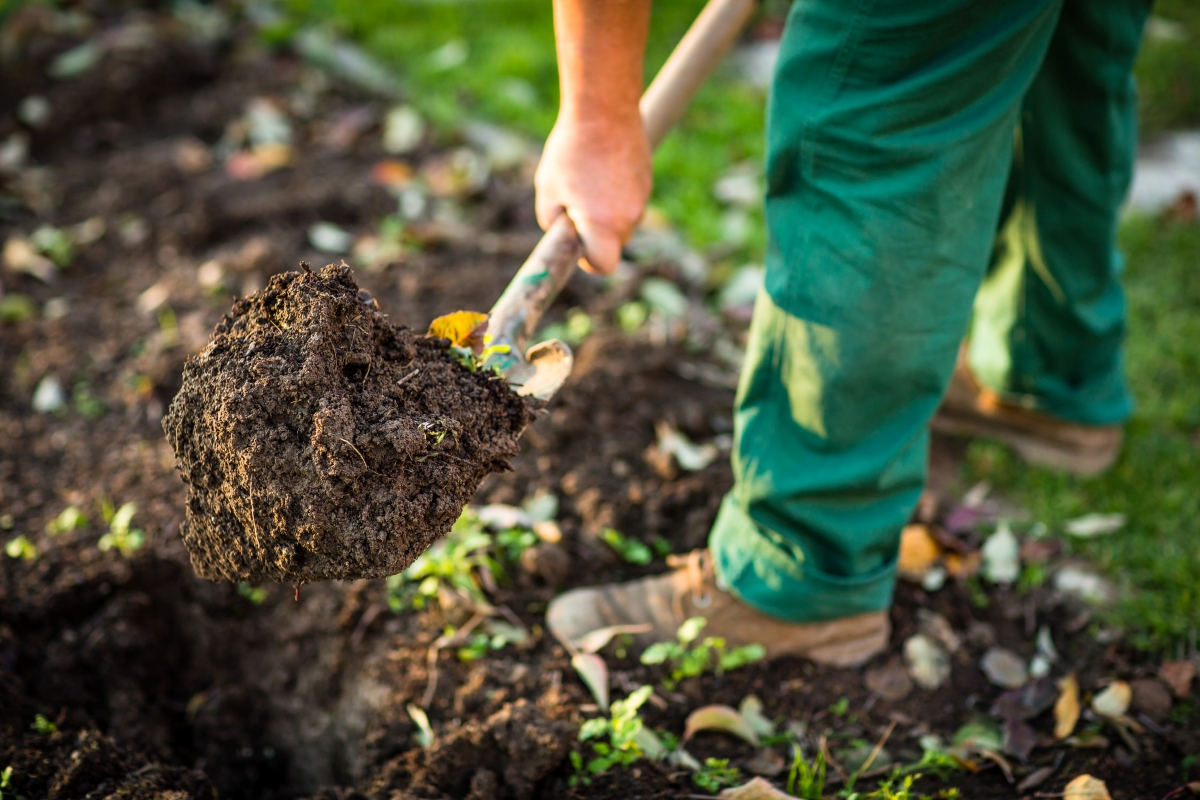

We may earn revenue from the products available on this page and participate in affiliate programs. Learn More ›
Throughout the growing season, garden plants work together with microbes to break down and use organic matter within the soil, depleting the soil’s nutritional content. During the offseason, unprotected garden beds are at risk of erosion, a process that strips away the topsoil, contributing to additional loss of nutrients as well as soil compaction, which reduces water infiltration and drainage, damaging the soil structure.
The seasonal cycle can leave a garden infertile and unproductive. “They say nature abhors a vacuum,” says Peggy Riccio, horticulturist and garden communicator at Pegplant.com. But when the growing season comes to an end, the soil-building season begins. With help from Riccio, research, and experience, this list of tips can help gardeners focus on rebuilding soil.
1. Dispose of old garden debris.

Harvest all you can before the first frost. Then, remove spent plants and compost them. Keeping the dead vegetable plants in place increases the chance that disease-causing pathogens make their way into soil and survive the winter, so it is best to remove the plants before winter arrives. Riccio removes her vegetable garden plant material to prevent pathogens from thriving, “though adding fallen leaves or other organic matter can help prevent winter weeds and can break down to feed helpful organisms in the soil,” she says.
Place healthy removed plant material into your composting bin or pile instead. Composting generates heat that kills insects, disease spores, and weed seeds, and breaks down matter into a soil amendment that retains a bulky structure and nutrient value plants love.
2. Loosen compacted soil for new beds.
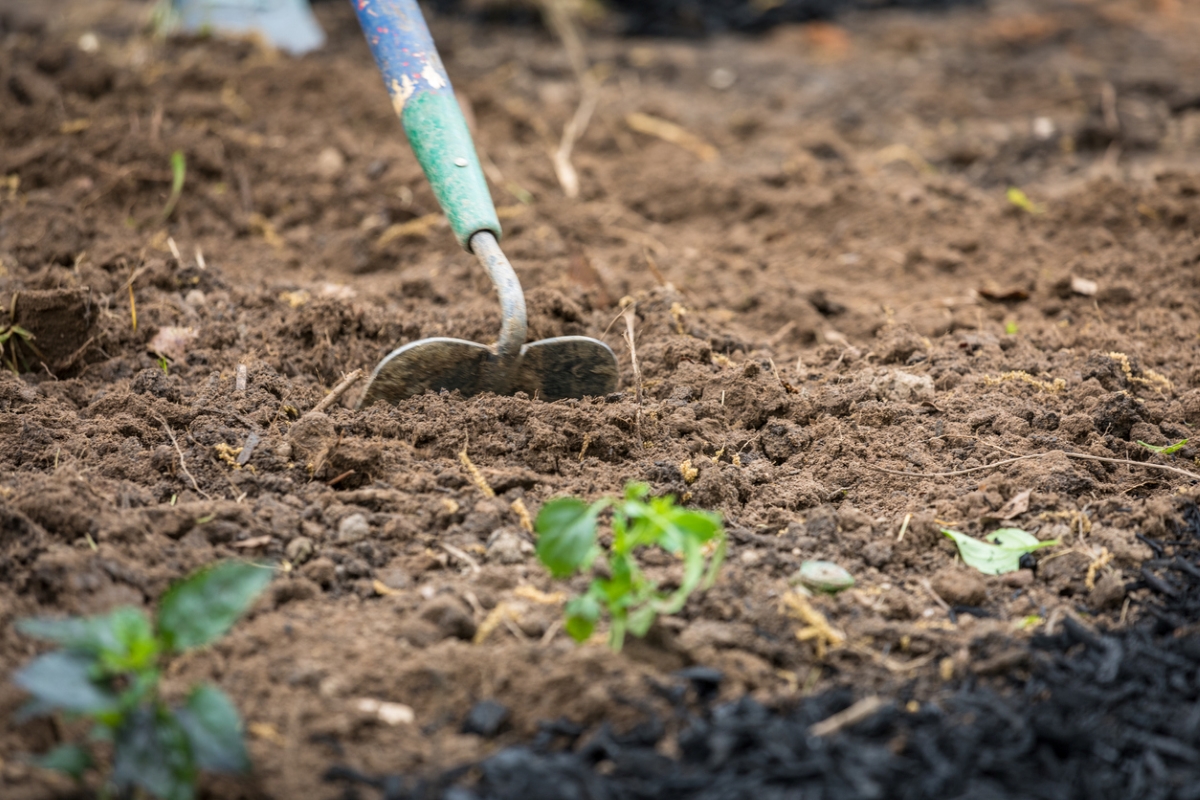
While tilling a garden often is touted as a solution for opening the soil structure to improve drainage and stimulate soil microbial activity, it is best used only when preparing a new garden bed or vegetable plot—particularly if the area has endured foot traffic—that will be planted in the coming spring.
It is better to skip yearly tilling for established beds. “Rototilling brings up dormant weed seeds, causing them to germinate,” says Riccio. Sand- or clay-based garden soils that are low in organic matter are degraded by tilling.
When rototilling an area for a new bed, aim for about 8 to 10 inches of soil depth to account for future root growth. Add some compost and let the soil do its work over winter before full spring preparation and planting.
RELATED: We Tested The Best Electric Tillers and Our Favorite is Easy For Anyone To Use
3. Aerate established soil.
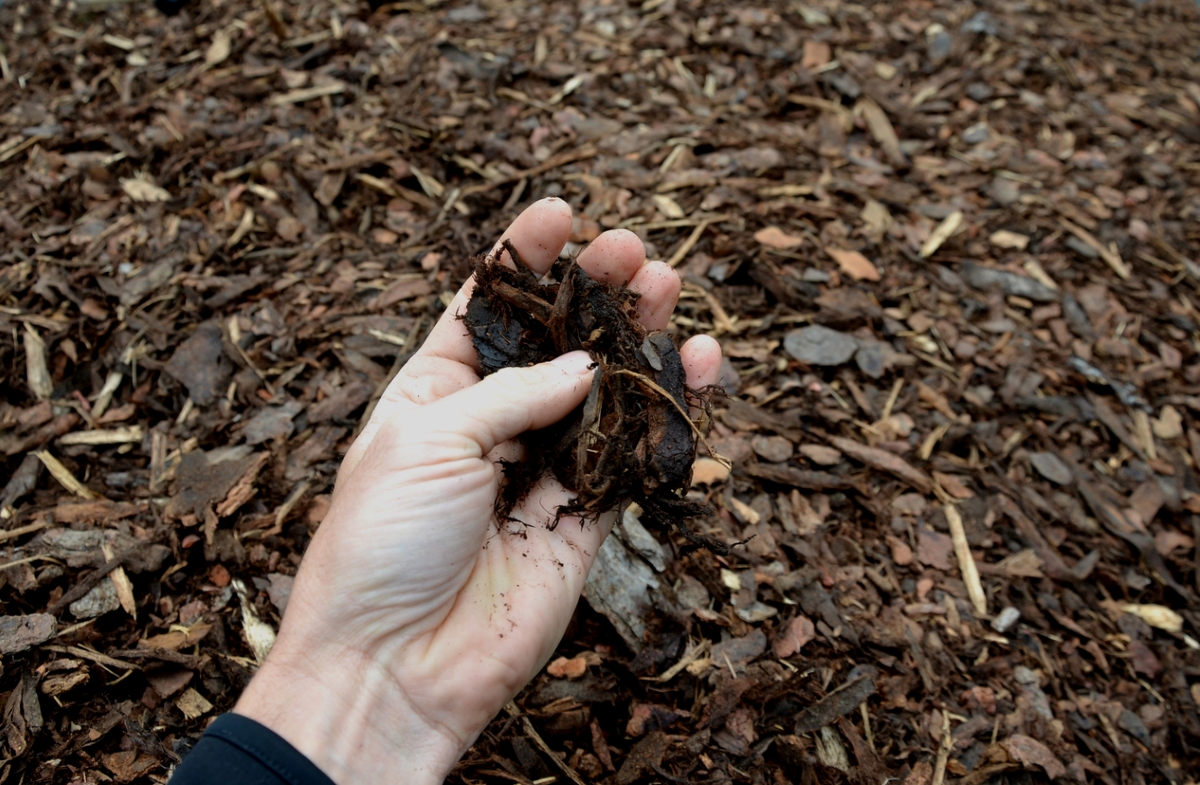
Turning just the top few inches of soil ahead of seeding fall cover crops can work in organic compost or soil amendments such as bone meal and shredded fall leaves, and give the growing medium a boost. After removing summer garden debris, add a layer of compost to the soil surface, and use a broadfork or shovel to gently pierce the surface and open it up to enable air and organic matter to permeate the soil. Follow up with a cover crop, cool-weather garden crop, or organic mulch.
4. Plant a cool-weather crop.
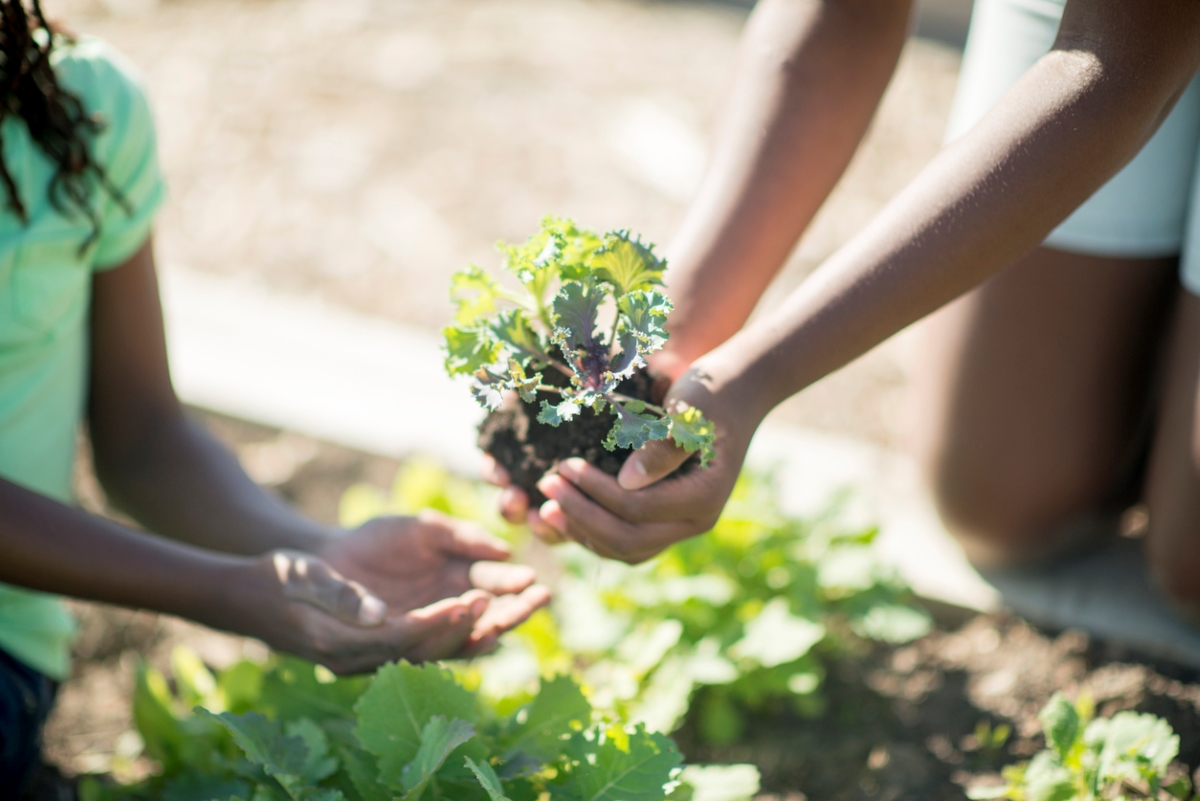
“Another way to prevent erosion is by planting a cool-season vegetable like lettuce or spinach,” says Riccio. This extends the growing season by offering fresh vegetables well into fall or even winter in climates where temperatures seldom dip below freezing. “You also can cover cool-season vegetables with a row cover,” adds Riccio, to protect them from chill. According to North Carolina State Cooperative Extension, a 2-ounce row cover lets in 30 to 50 percent of light but protects down to temperatures of 24 to 28 degrees Fahrenheit.
In addition to providing tasty produce, these winter vegetable plants are good for the soil. Actively growing plants eliminate soil compaction and erosion, improve drainage, and add beneficial organic matter to the soil.
RELATED: 25 Ways to Enjoy Your Garden This Winter
5. Plant a cover crop.

Winter garden cover crops, like winter rye, hairy vetch, and winter peas and other legumes are grown solely for their soil-building capabilities. They eliminate erosion and compaction of the soil, and help retain fertility by scavenging nutrients. Planting cover crops (also called green manure) is one of the best things you can do for your garden soil. “Check with your local extension agent to find the recommended cover crops for your state,” Riccio suggests.
6. Recycle fallen leaves.
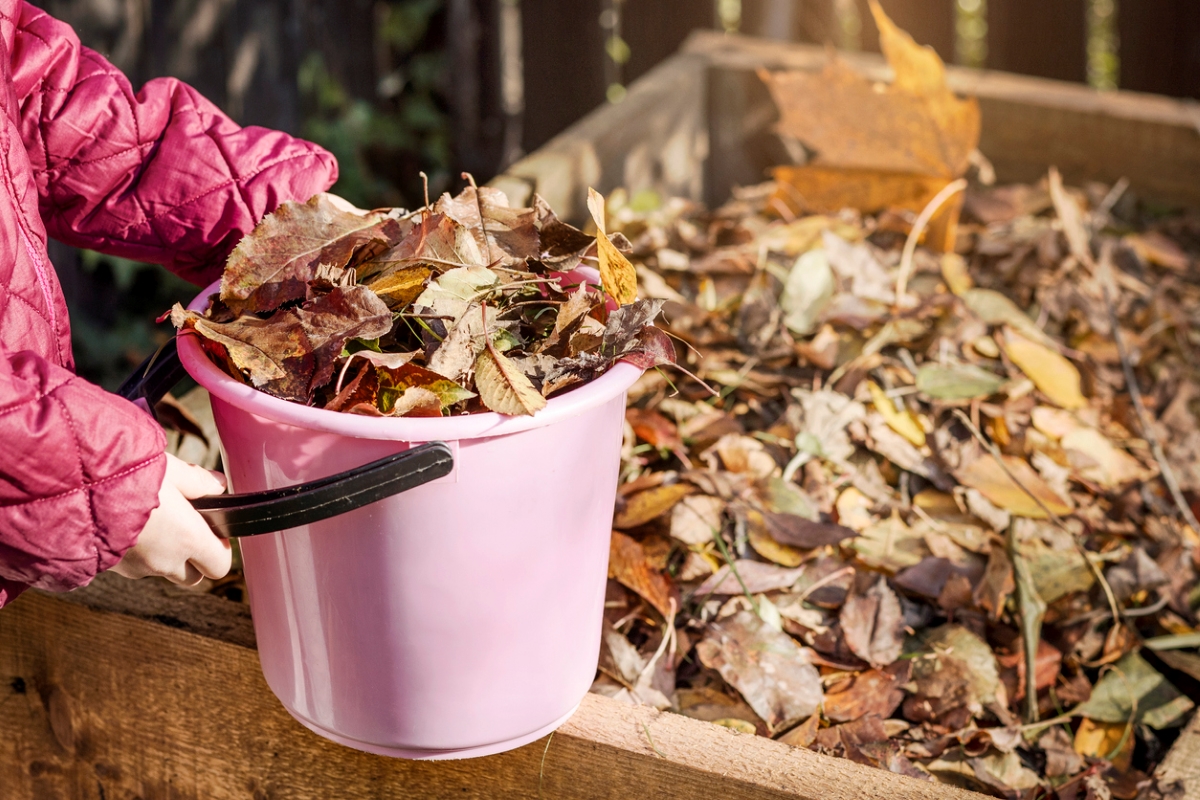
The garden is a perfect place to dispose of fallen leaves. Use a lawn mower to mulch and bag the leaves before spreading them in a 3-inch layer on the garden bed. Mix them into the garden soil for a boost of trace minerals and a source of earthworm food.
You can leave a thin layer (an inch or less) of cut-up leaves on grass under trees to rejuvenate the soil below. Or, pile them up to 2 feet deep or more, shredded or not, and cover them with permeable fabric to hold them in place. The decomposed leaves will be incorporated deeply into the soil by assorted soil dwellers, transforming the bed by spring.
RELATED: Why Mulching Leaves Is Better Than Raking Them
7. Add organic amendments and fertilizers.
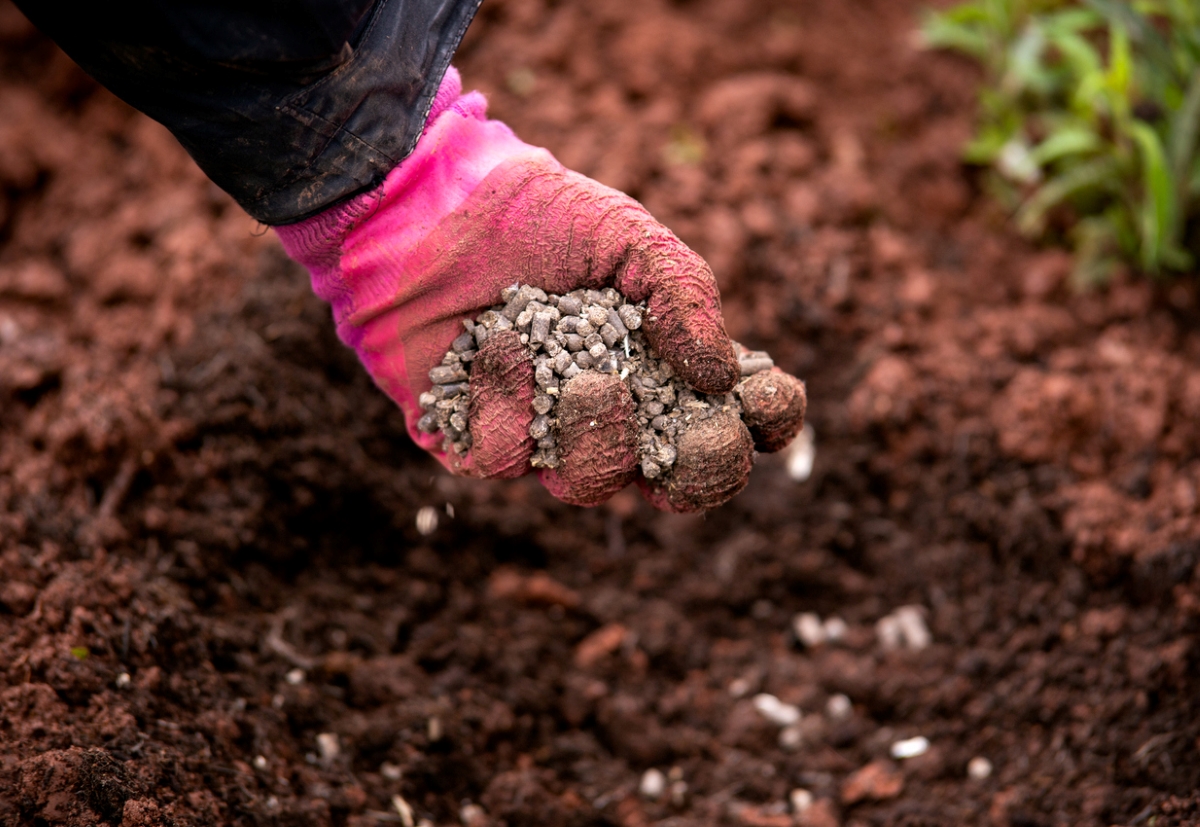
It takes time for bacteria and fungi that live in the soil to turn compost, soil conditioner, and organic fertilizers into a part of the soil. These materials feed soil-dwelling microbes, which release nutrients that plants can use. In warm weather this happens quickly, but the processes slow down in the cold.
Organic amendments like kelp meal, blood meal, and bone meal are loaded with beneficial nutrients that gardeners can add in fall to promote healthy soil during cold months and into spring. When applied in the right amounts, they break down slowly over several months. If overused, blood meal can burn plants because of its high ammonia content, so add it in fall to prevent chance of ammonia toxicity.
8. Add manure to garden beds.

Adding fresh manure from your chickens or your neighbors’ horses in spring also can do way more harm than good. Fresh manure needs at least 6 months to age and let high levels of ammonia leach out. Applying manure in late fall ensures it will age and that the nutrients will be available for an early spring planting. Wait to add bagged (or aged) manure until the soil temperature has dropped to 50 degrees Fahrenheit and work it into the soil immediately.
9. Mulch around perennial plants.
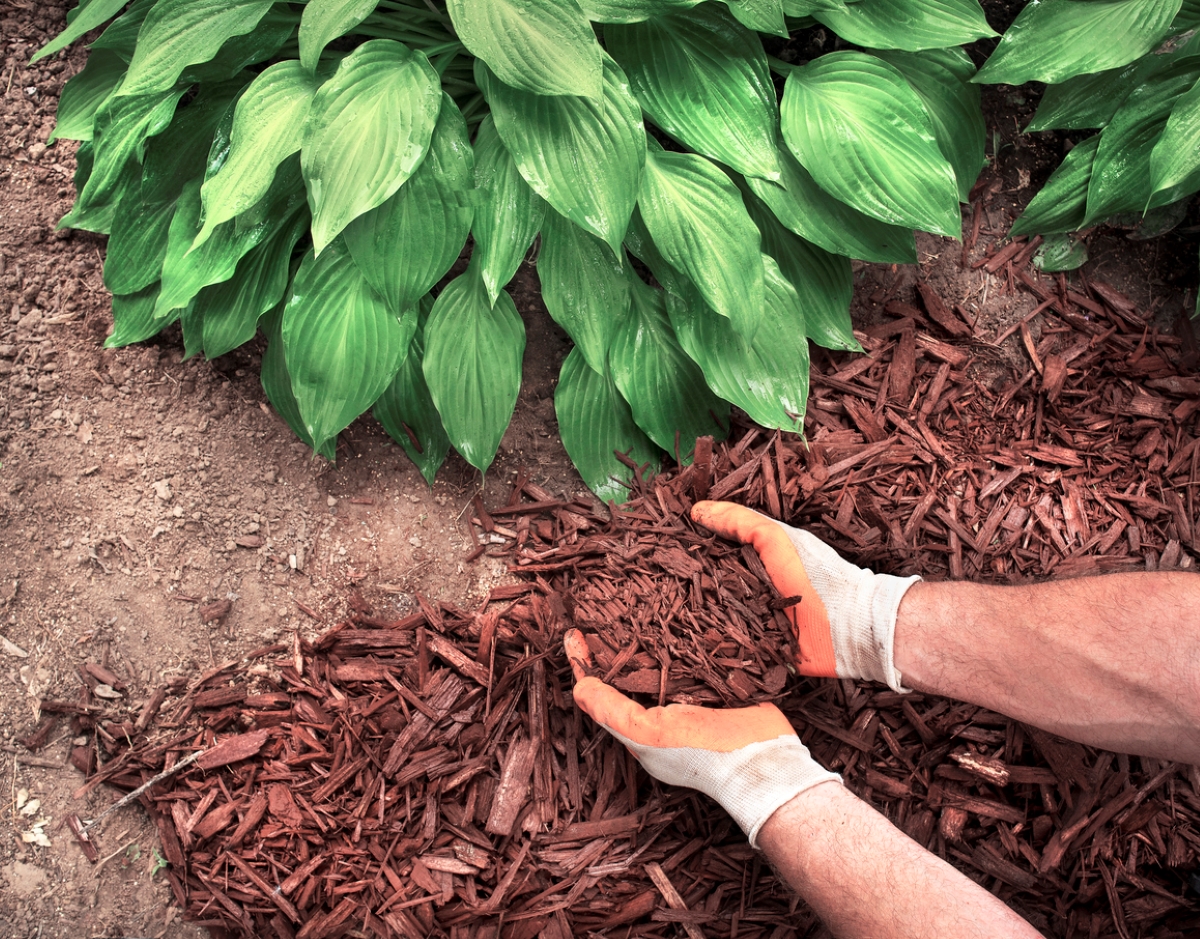
Fall is also the time to care for the soil around perennial crops like asparagus, rhubarb, horseradish, and sunchokes. When the plant tops have died back for the season, remove and compost them. Then pull any weeds and apply a fresh layer of organic compost that will slowly replenish the soil all winter long. Finally, mulch around the plants and in the pathways between.
Likewise, some perennial shrubs and flowers can benefit from a layer of mulch around the root zone to help warm them through summer. Apply mulch to plants that are more cold-tender. If possible, wait until right after the first hard frost to mulch around tender shrubs with organic mulches like wood chips. This helps stabilize the temperature of soil right around freezing, and with luck avoid freezing and thawing cycles, which are detrimental to plants.
RELATED: 16 Colorful Shrubs for a Standout Winter Garden
10. Cycle homemade compost.
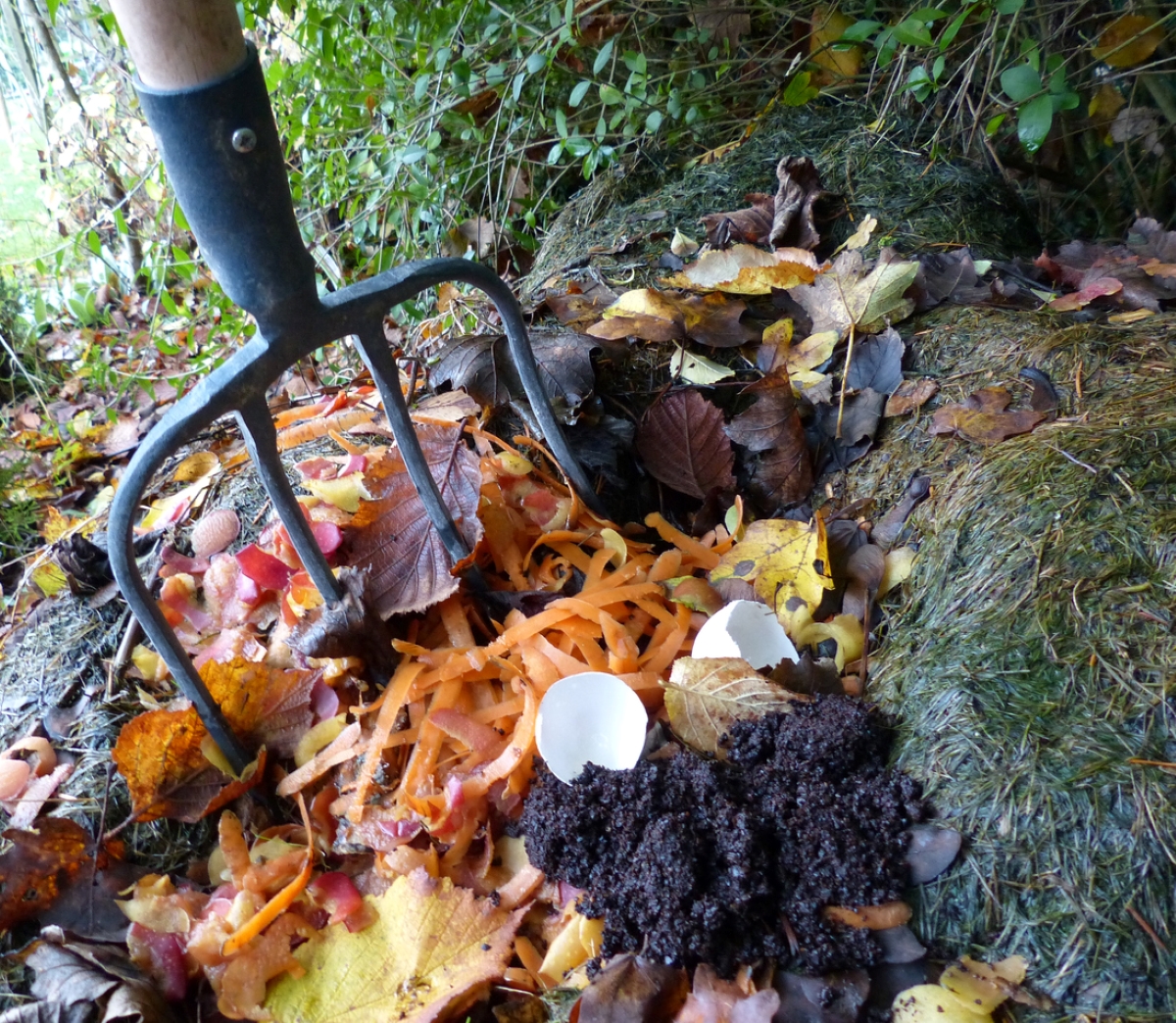
Fall is a good time to use up old compost and free up space in the compost bin for the new material being removed from the garden. Whether you mix it in or spread it on the surface, a fall compost application replenishes the organic matter that was used up during the growing season. It increases the living space for beneficial soil microbes, and cool weather veggies and winter cover crops grow better with the added nutrients.
11. Let cool-weather weeds grow.
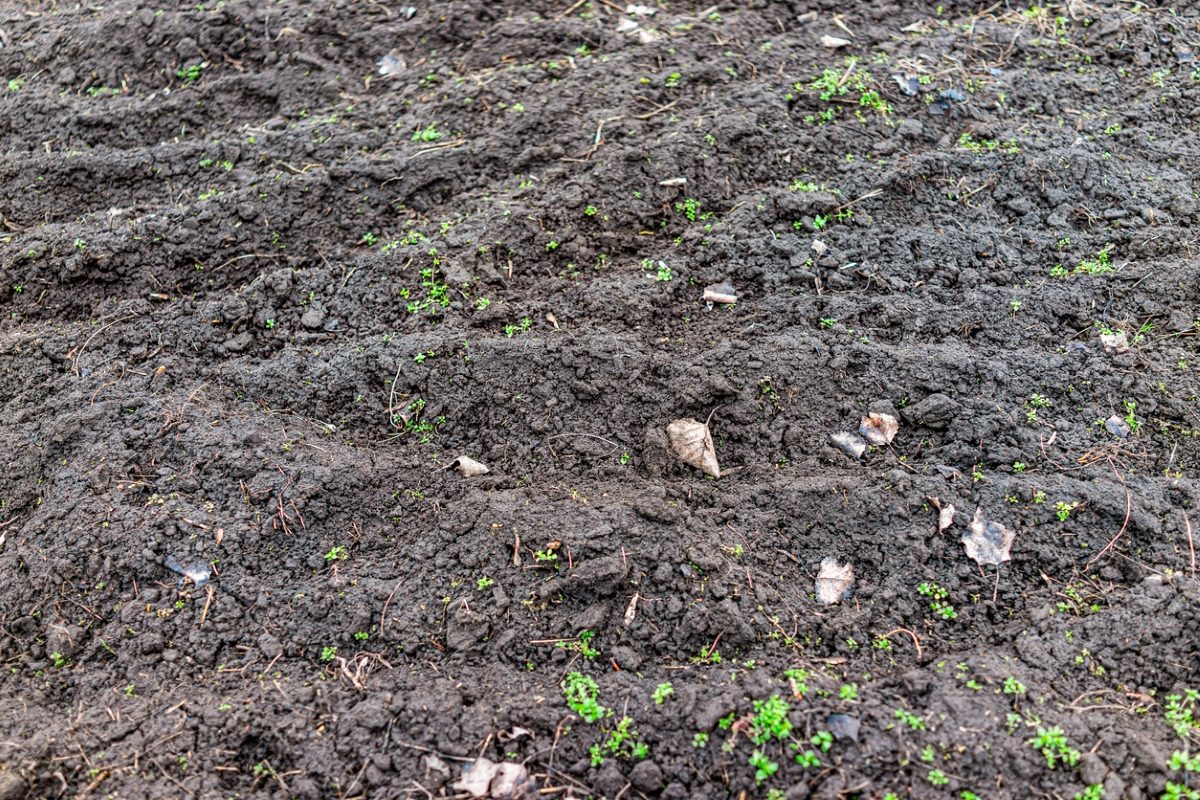
It might sound counterintuitive, but let the weeds grow in fall and winter. Cool-weather weeds like chickweed and henbit provide a valuable service, similar to cover cropping, by holding the soil in place and scavenging nutrients. Even among the crops you’ve planted they are unlikely to cause real damage. So let them grow until late winter, then hoe the tops off and add them to the compost pile.
RELATED: Keep, Don’t Kill: 9 Weeds to Welcome
12. Map and plan for the next season.

Although you are quite familiar with the garden layout by fall, you might not remember come spring the location of plants and how each fared. Taking a few notes before winter hits can help you prepare for the coming year. For example, did afternoon sun do a number on one of your perennial plants or vegetables? If so, think about how to introduce afternoon shade for next summer.
Rotating crops is essential to balancing nutrients in the soil you’ve worked so hard to prepare. Vegetable families vary in how much of a particular nutrient they take up and in the types of diseases or insects they attract. Make a quick sketch or notes about the locations of your tomatoes and green beans before pulling them all up so you can switch them next year. While you’re at it, note problems you had so you can do a little research and avoid repeating mistakes.
13. Test the soil.
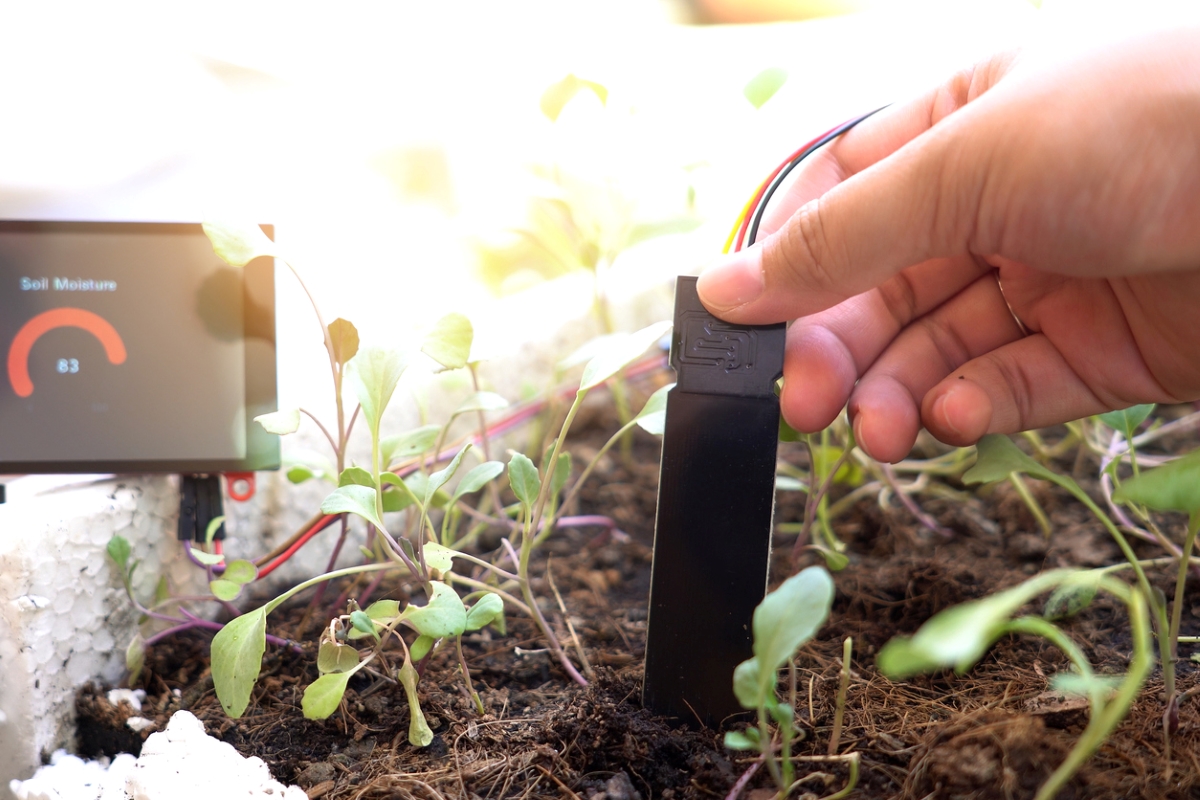
If you’re unsure about your soil type or if you noted problems like slow plant growth or soil that drained too quickly (or not at all), use the garden’s downtime to test the soil. Get some clues from neighbors and gardening associations in the area, since soil types can be similar across regions. For an even better idea of your soil’s health, test it for pH and nutrient levels.
Send out for comprehensive testing if you’re serious about improving soil health over winter, or try a home test kit, like the MySoil Test Kit, the top pick in our researched guide to the best soil kits. Then, use the results to start amending the soil’s nutrient or pH imbalances.
RELATED: How to Test Soil pH
14. Build a hugelkultur raised bed.
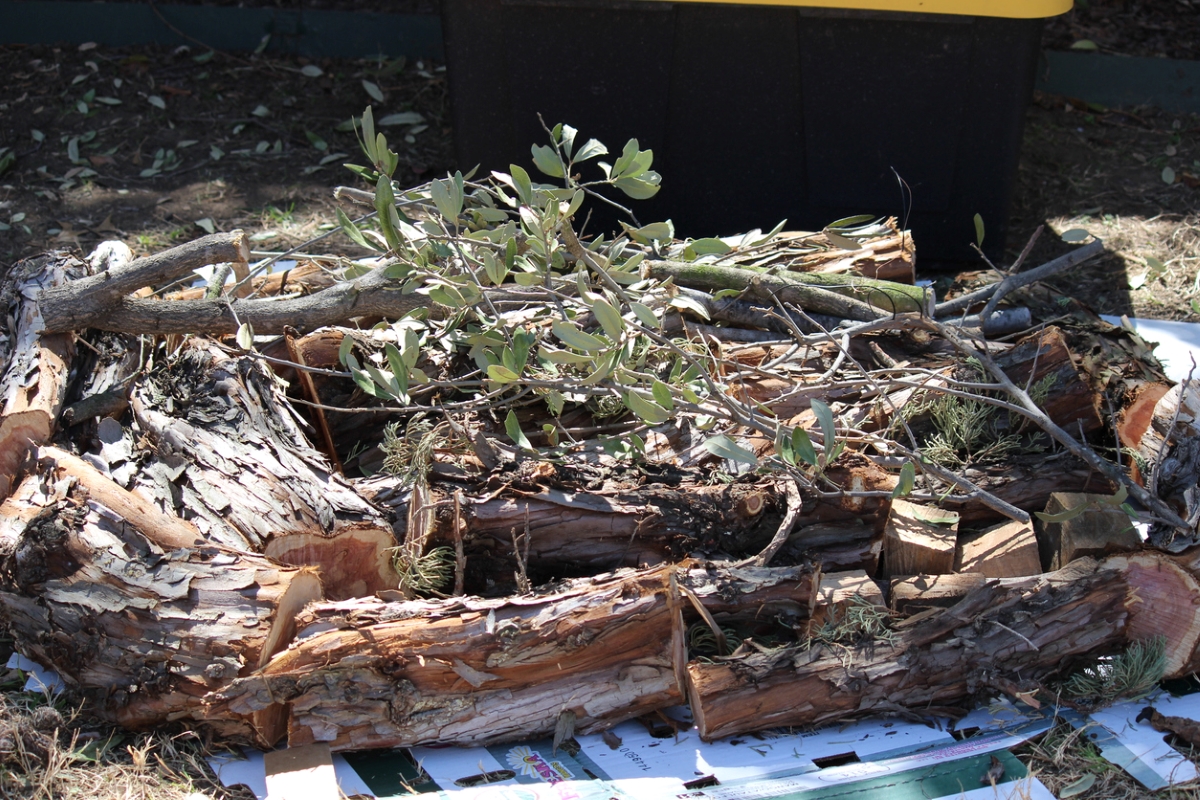
Raised beds solve some soil issues and with hugelkultur, a traditional permaculture practice, you can build healthy soil with rotten wood and plant debris. Layer organic materials, including logs of old trees, from largest (or least decomposed) to smallest (think grass clippings) as you mound up to create a mini ecosystem. If mounded correctly, a hugelkultur bed can stand on its own. Or you can bury it about 10 inches deep in a trench.
For a more contained and attractive approach, use hugelkultur to fill most of a large raised bed. As with the mound, place the largest logs or branches on the bottom and add smaller ones as you go up. Let it sit all winter to begin decomposing and settling. Fill the top of the bed with your preferred mix for raised beds. Having built the base with found materials saves some money on the amount of soil you’d otherwise have to purchase. And at the same time, you’re practicing a sustainable gardening method that reuses organic materials.
15. Cover empty beds.
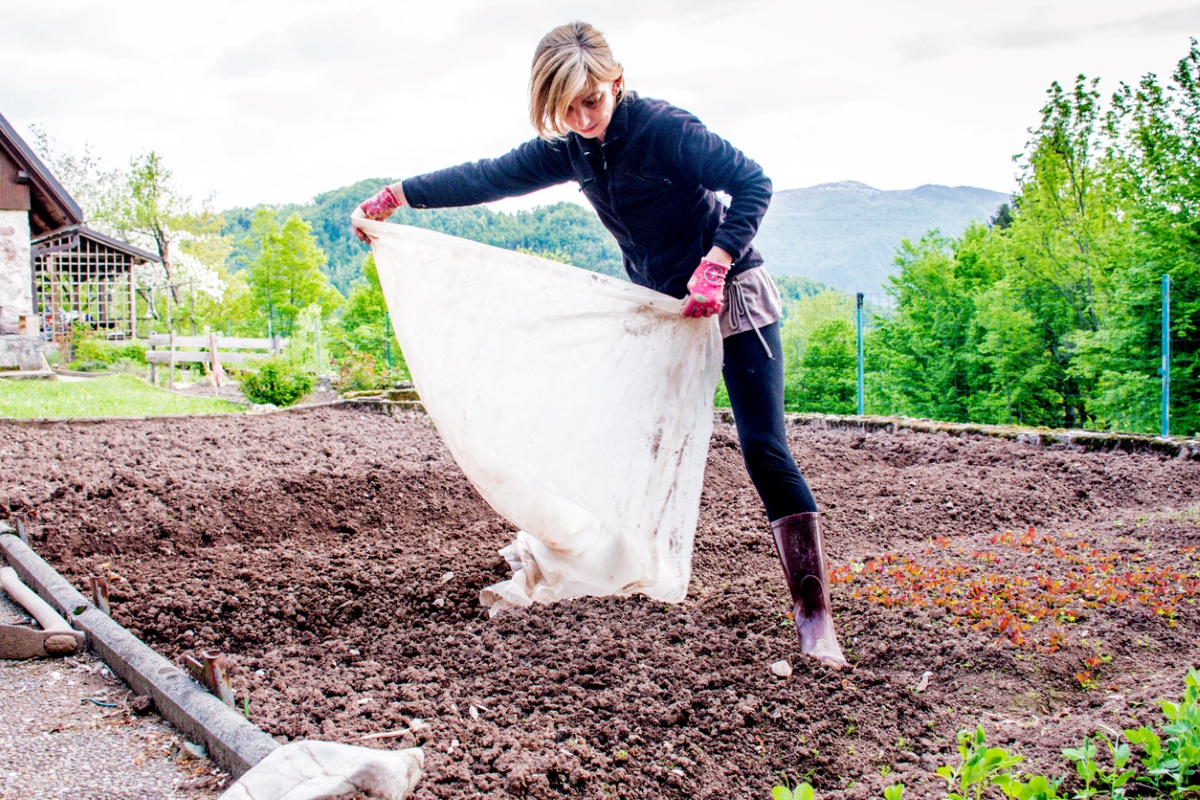
Cover vacant garden beds to keep topsoil and soil amendments in place, and help protect soil structure and composition over the cold months. First, heap on some compost or an organic mulch; there is no need to work it into the soil. Then, find an old blanket, cloth, or permeable landscape fabric and cover the bed. The blanket or fabric will let in some moisture, but not full snowfall or rainfall at once, reducing compaction of the soil.
In spring, remove the cover and let the organic compost take in some air for a week or so before mixing it into the soil.
16. Adjust soil pH.
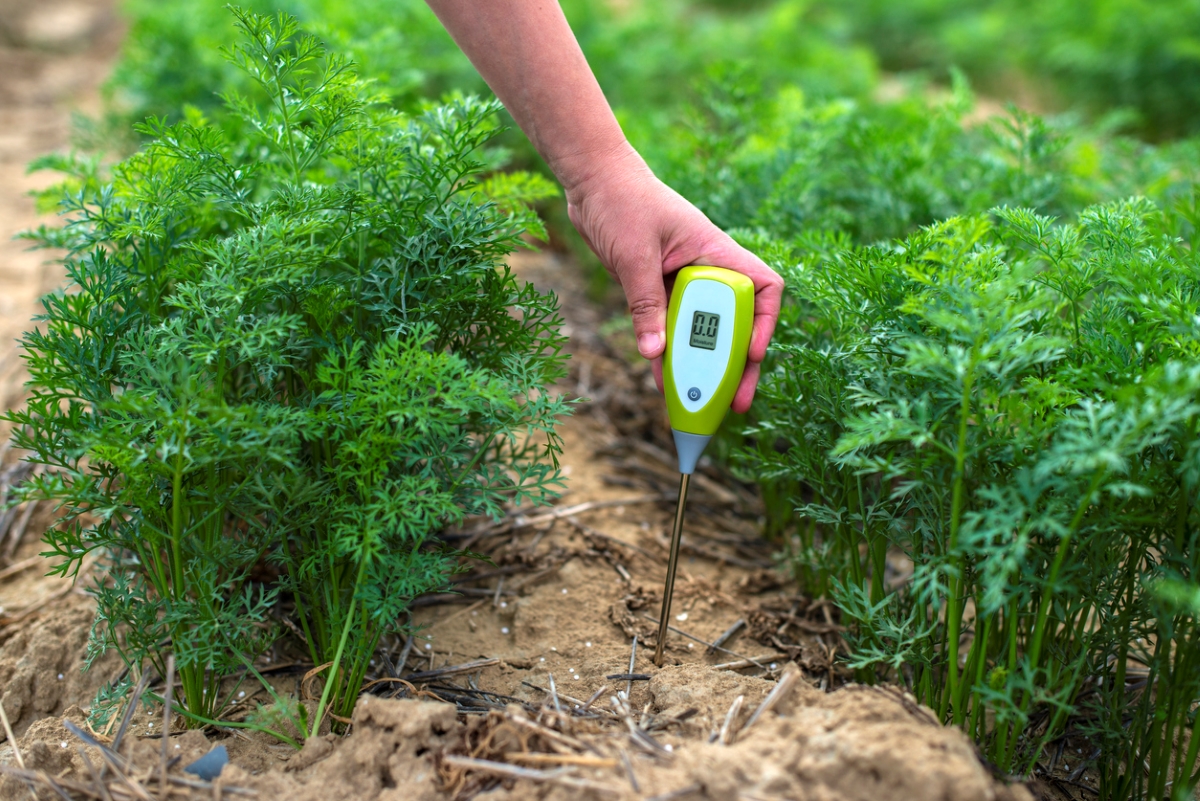
If soil tests reveal an imbalance in pH levels, start amending in the fall. Most plants require neutral pH (6 to 7). If soil is too acidic to grow vegetables, start adding lime. If it is too alkaline, begin adding sulfur. According to Riccio, the level to work toward depends on soil test results and the plants you want to grow in a particular bed. “If you want to grow blueberries, you know it has to be acidic,” she says. That requires adding sulfur to get the pH level to the desired 4.5 to 5.2 range. “But it takes time, so you have to add the sulfur in the fall and plant the blueberries the following year,” says Riccio.
Likewise, Riccio says that when trying to change hydrangea color with acidity, many instructions suggest applying it in spring and waiting 60 days before reapplying if needed. “By then, you’re already in and it could take months to work,” she says. It is better to start acidifying the soil around the shrubs with aluminum sulfate in the fall, and then apply again in spring.
RELATED: How Soil Amendments Can Improve Your Garden
17. Leave some (healthy) roots.
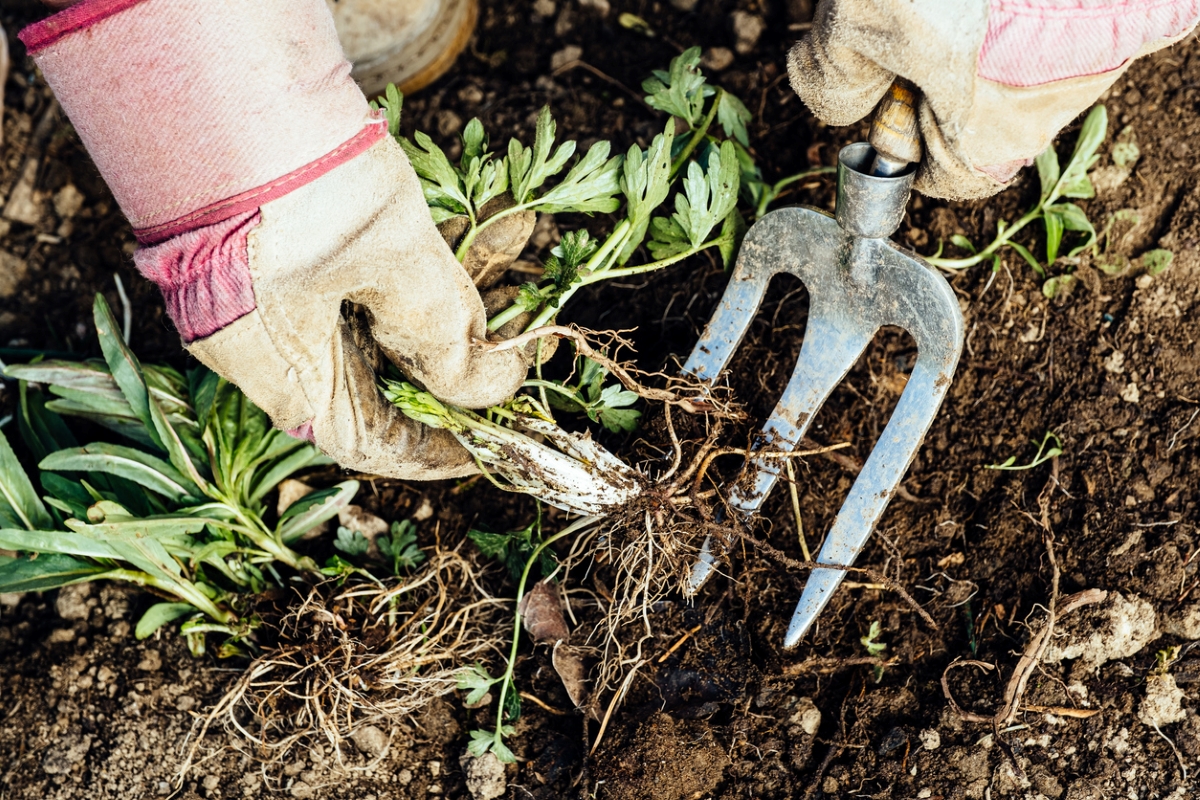
When cleaning up in fall, enthusiastic gardeners often dig down and remove all the roots of annual vegetables and ornamental plants. Consider, however, some of those remaining roots as living elements that can keep feeding the soil over winter. The tiny microbes that are already in the soil will digest the root matter and help turn soil into healthy humus. It’s the same concept as planting cover crops or applying organic matter in fall; those small roots should work into the soil and not be messy or in the way come spring.
One caveat: Only leave the roots of healthy plants. You’ll want to thoroughly remove the entire root system of any diseased plant.
18. Apply dormant sprays to fruit trees.
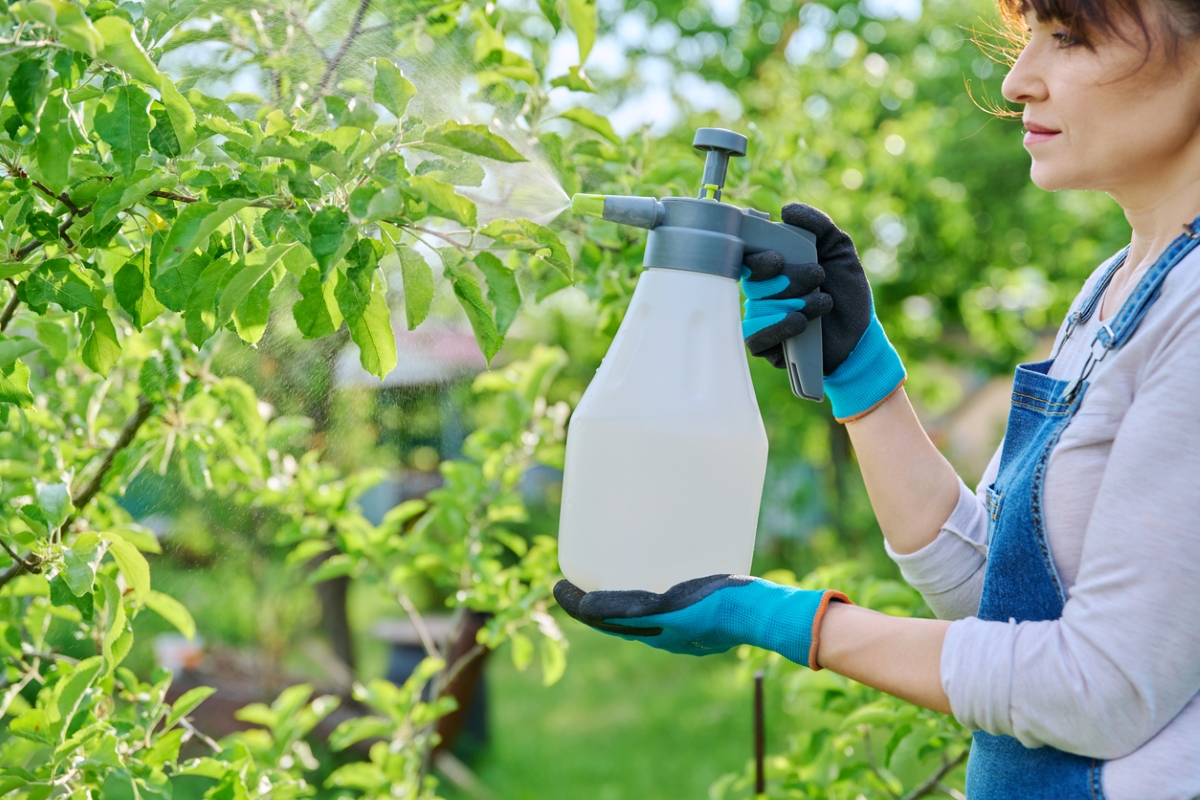
Fruit trees might settle down for a winter’s rest, but more goes on in those cold months than you might think. For example, fruit set depends on a certain number of chill hours, depending on the fruit type. Keep fruit trees healthy through their rest period by applying any of a number of dormant sprays in late fall or early winter. Horticultural oil mixes with water to smother insects or their eggs that are using fruit trees for their own winter rest. Sulfur controls fungal growth in cool damp winter conditions; dormant oil can control scale in apples and pears; and copper spray can control some bacterial or fungal diseases like peach leaf curl.
The specific timing and sprays to add can get complicated, so research instructions by fruit type and product information, or call a tree service professional to perform this fall task.
RELATED: Solved! When Is the Best Time of Year for Spraying Fruit Trees?
19. Start a lasagna garden bed.

The lasagna gardening method—also known as sheet mulching—is about building healthy garden beds. Riccio has a small space and says that the lasagna method is easy to use in her backyard in fall to create a new bed. This involves putting down several overlapping layers of cardboard and alternating green and brown organic matter such as leaves, straw, and kitchen scraps on top. “Cardboard comes into this house; you’ve got to get rid of it,” she says.
When making your lasagna bed, wet the bottom layer of cardboard to secure it in place and jump-start decomposition. Then add layers of the same kind of organic ingredients you might put in a compost pile. It can take several months to break down, so fall is the best time to start. “This gets rid of cardboard, and adds organic matter to the soil,” says Riccio. The decaying cardboard feeds soil microbes and earthworms.
